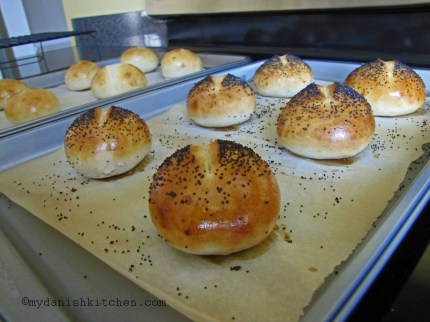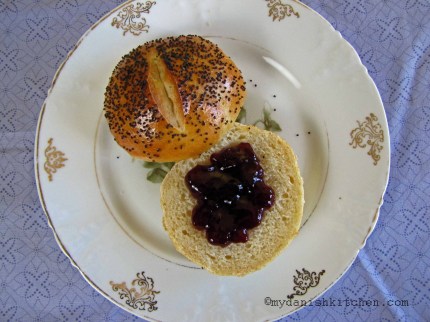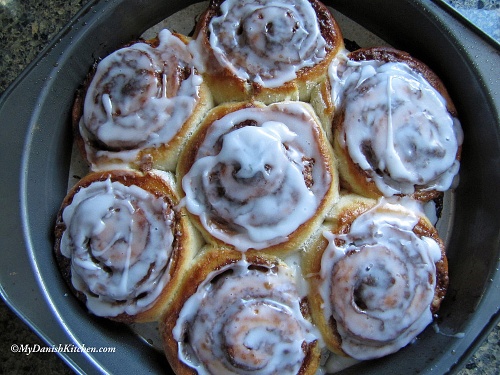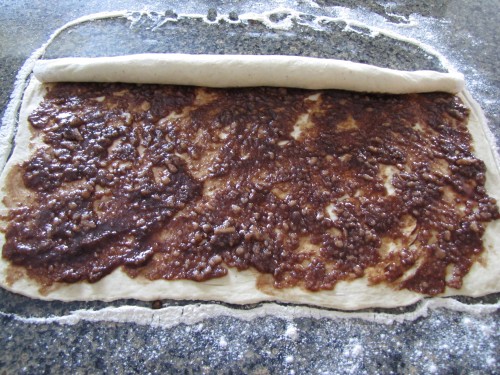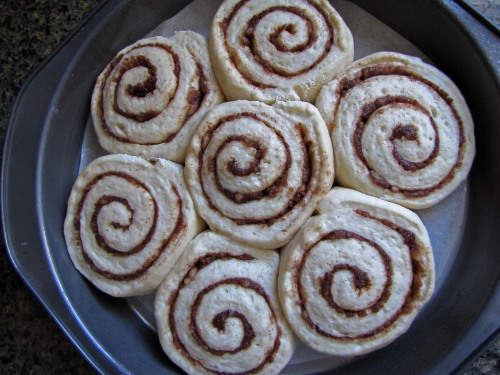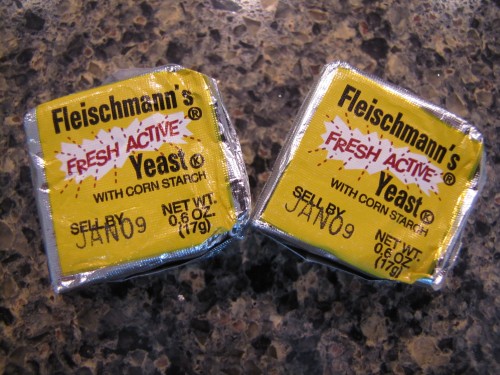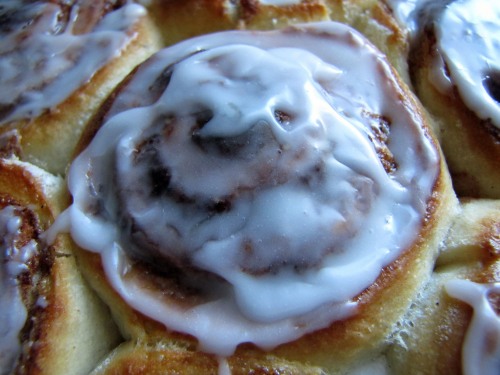Pumpkin🎃 It wouldn’t be Fall without a pumpkin recipe. These Pumpkin Cinnamon Buns were soft and flavorful and super delicious served right out of the oven. No need to say that they were a huge hit here in our house.
The dough was a little sticky in the beginning, but after a quick kneading and adding in a little more flour, the dough was smooth as butter to work with. Once it came time to slicing the dough, it would get smooched by the knife, but no worries, just gently press it round again and place it onto your baking dish.
Pumpkin Cinnamon Buns (makes 28 servings)
Ingredients:
Dough:
1 1/2 cup milk (12 fl oz or 3 1/2 dl)
1/2 cup sugar (100 g)
1 package active dry yeast (2 1/4 tsp or 8 g)
1 cup pumpkin puree (250 g)
1/2 cup vegetable oil (4 fl oz or 1 dl)
4 1/2 cups all-purpose flour (610 g)
1/2 tsp ground cinnamon
1/4 tsp ground nutmeg
1/4 tsp ground ginger
1/2 tsp salt
Remonce Filling:
5.3 oz butter (150 g)
8.8 oz dark brown sugar (250 g)
1 tablespoon cinnamon
1 teaspoon pumpkin pie spice
2.6 oz marzipan, grated (75 g)
Icing:
7 oz confectioners sugar (200 g)
2-3 tablespoons cold water
Directions:
Line baking sheet with parchment paper, or if you prefer, grease a baking dish with butter and set aside.
Making the dough: Sift together flour, cinnamon, nutmeg, ginger and salt, set aside. Pour milk and sugar into a large saucepan and heat until between 100-110 degrees F (37-43 degrees C). Sprinkle yeast over milk and let sit for 10 minutes. Add pumpkin and oil, stir to combine. Pour liquid into bowl of stand-mixer and on low speed add dry ingredients in increments. Mix only until combined, dough will be sticky. Place dough into a bowl and cover with a clean tea towel. Place bowl in a warm location and allow to rise for 1 hour.
Preheat oven to 350 degrees F (175 degrees C)
Making the fillling: Melt butter, brown sugar, cinnamon, pumpkin pie spice and marzipan in a small saucepan, stir to combine.
Making the rolls: When dough has doubled in size, sprinkle work surface generously with flour. Give dough a quick kneading adding more flour just until dough is no longer sticky. Roll dough out to approximately 16 by 26 inches. Spread filling out over dough. Starting at the longest length, roll dough into a log ending with seam side down. Slice dough into 3/4 to 1 inch (2 to 2.5 cm) slices and place them on baking sheet or into baking dish. Cover with tea towel and allow to rise for another 20-30 minutes. Bake in preheated oven for 25-30 minutes.
Add water in small increments to confectioners sugar, stir to combine. Sprinkle icing over hot rolls and serve warm. Enjoy!
Source: inspired by Pioneer Woman














